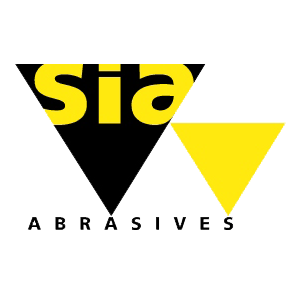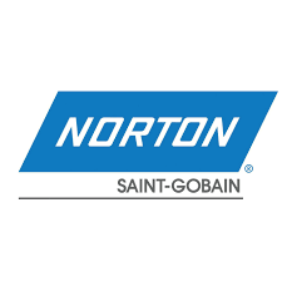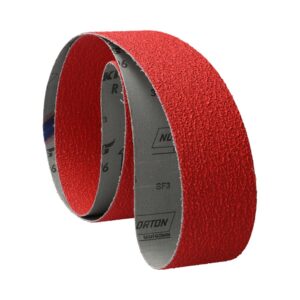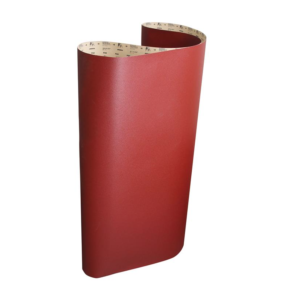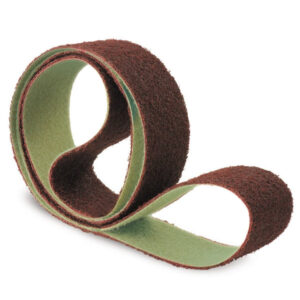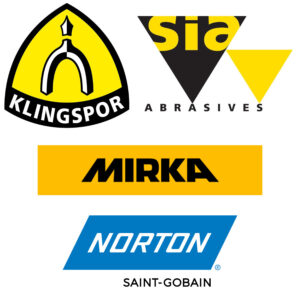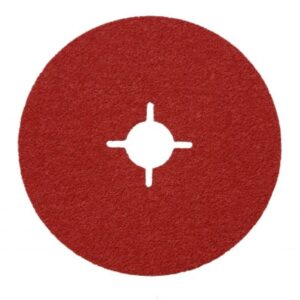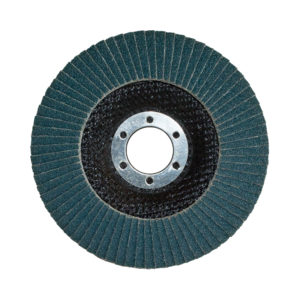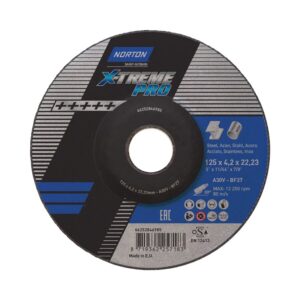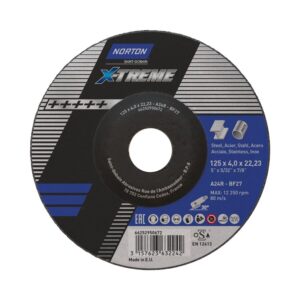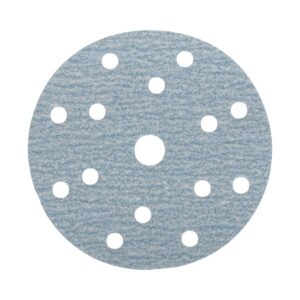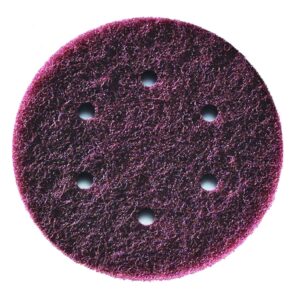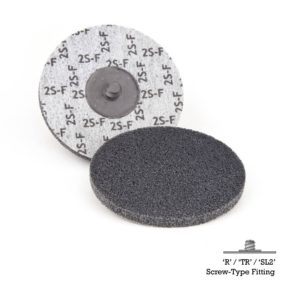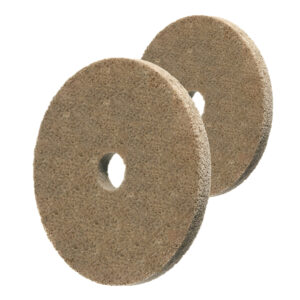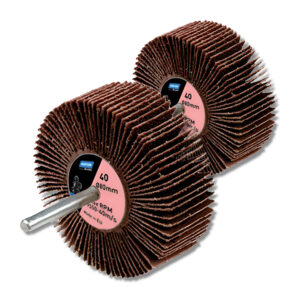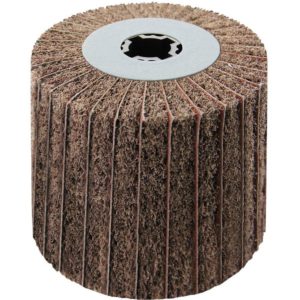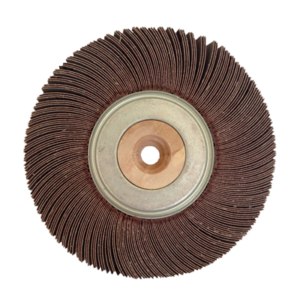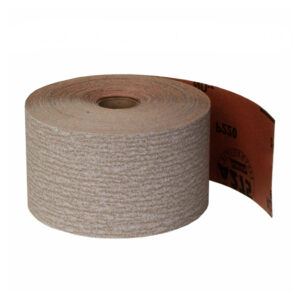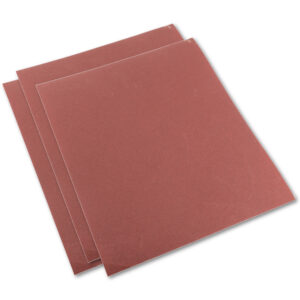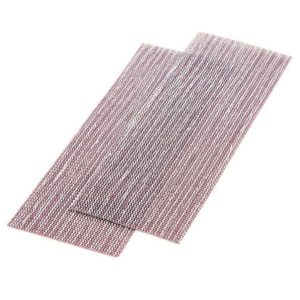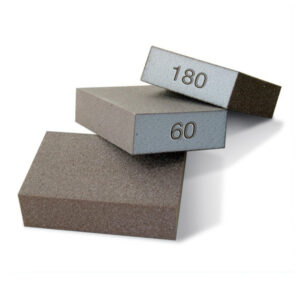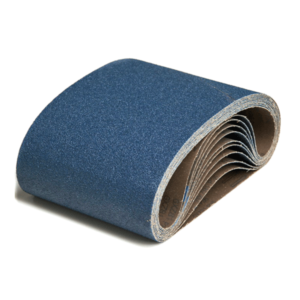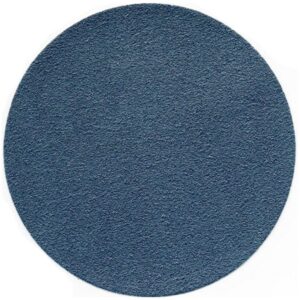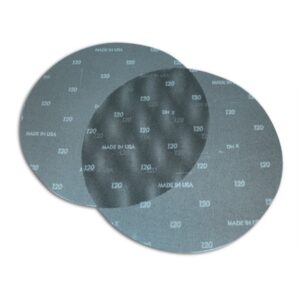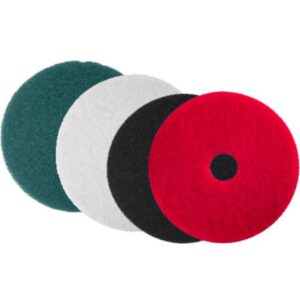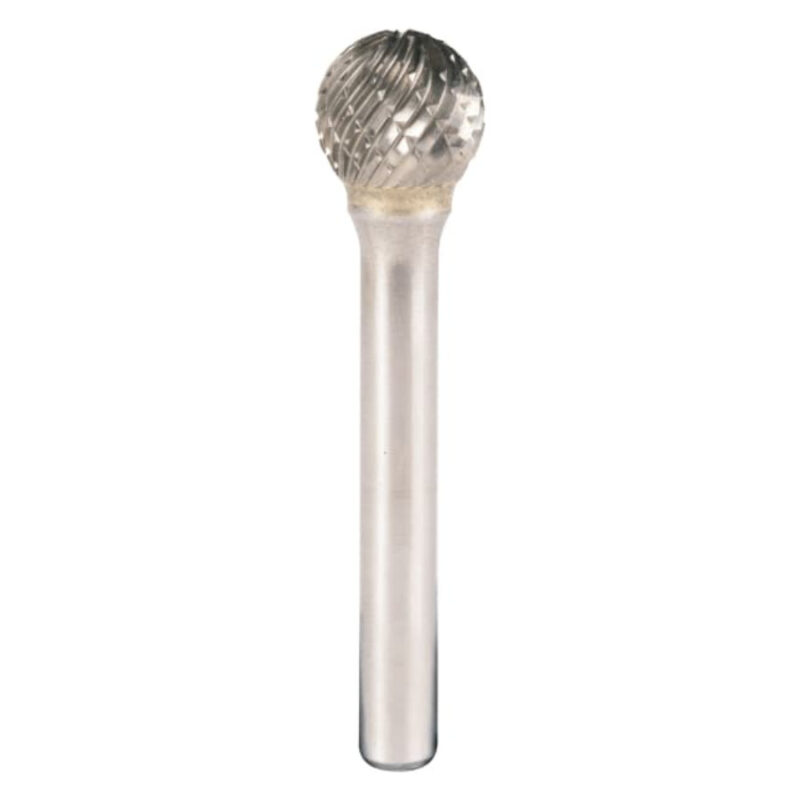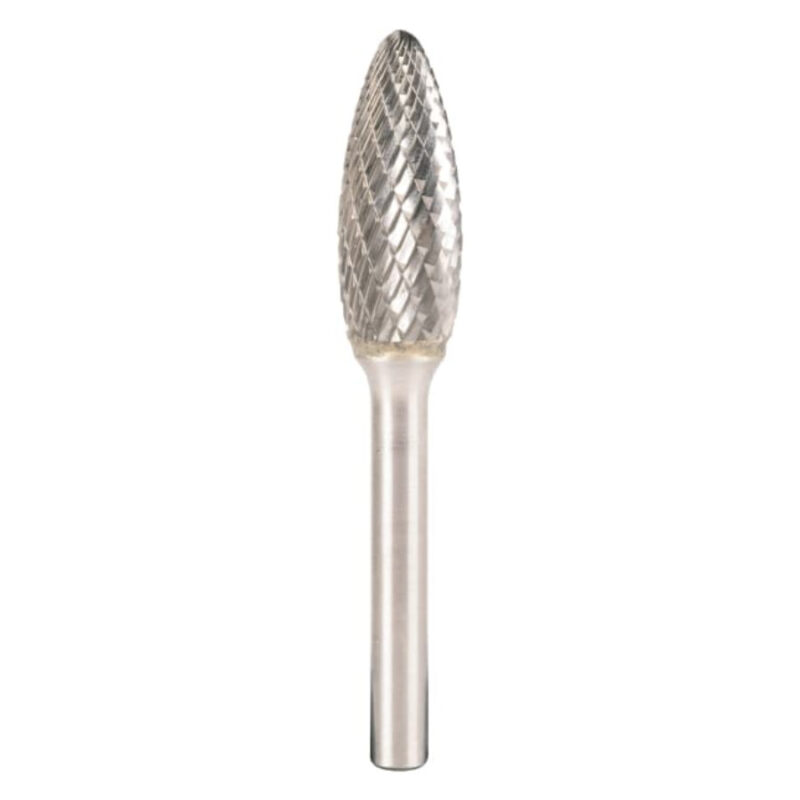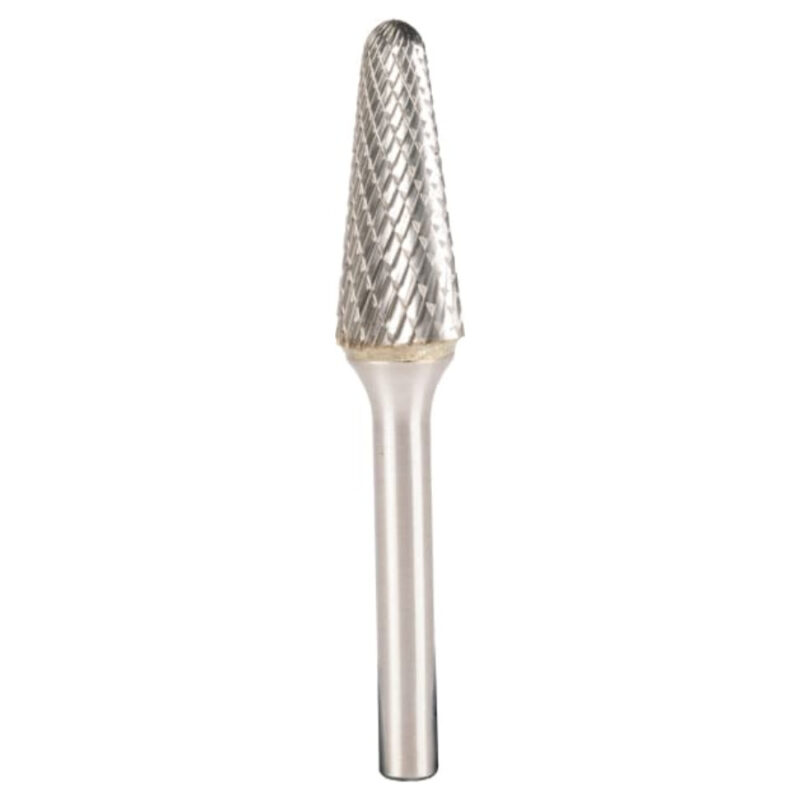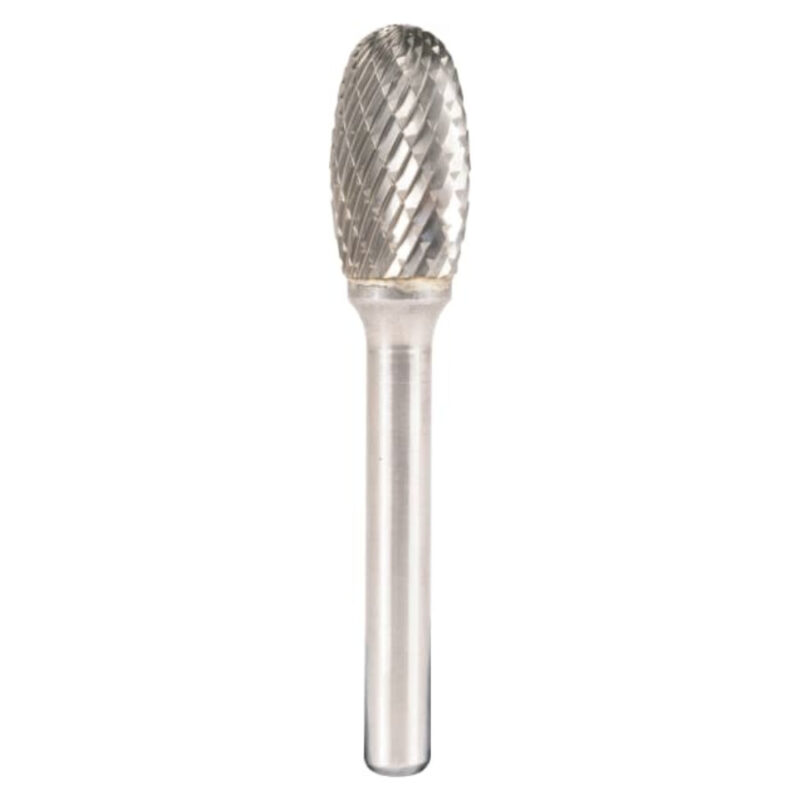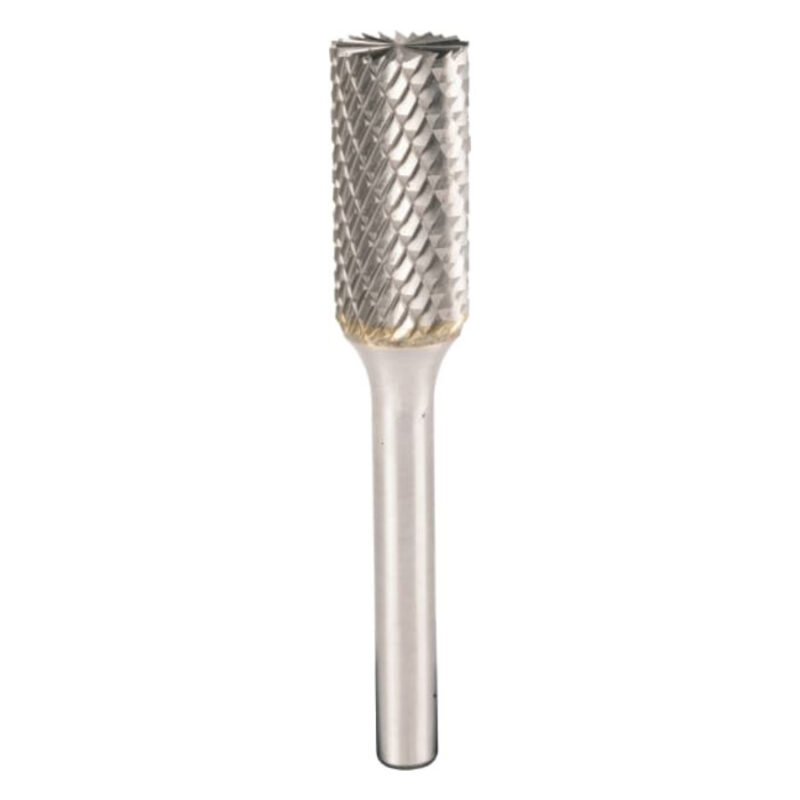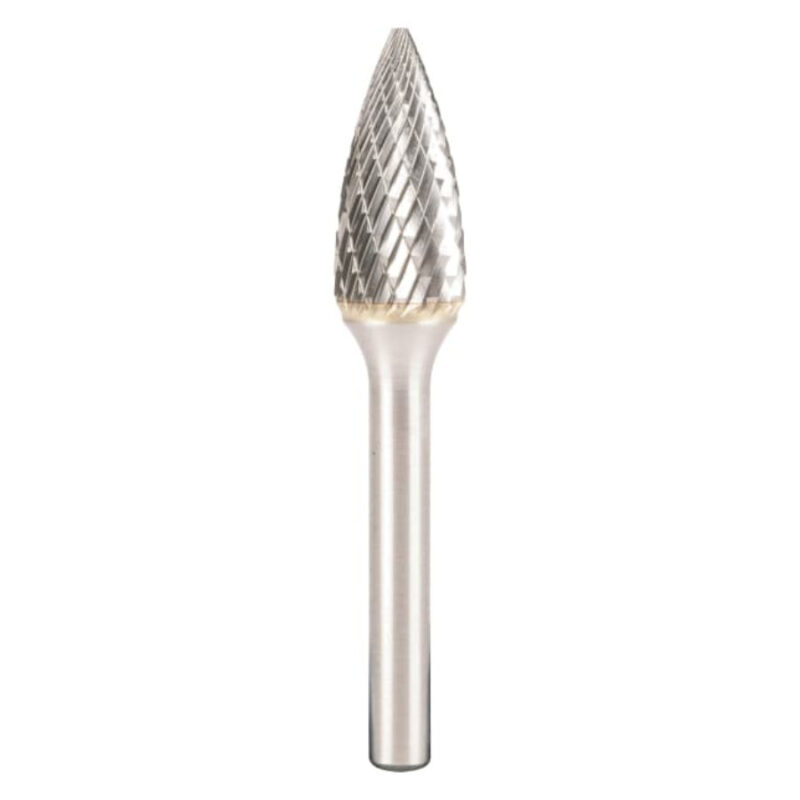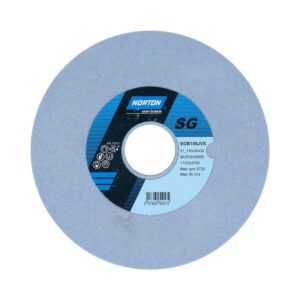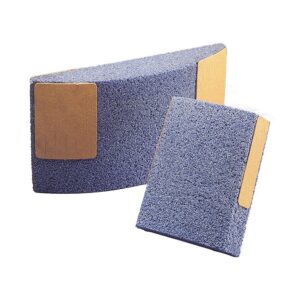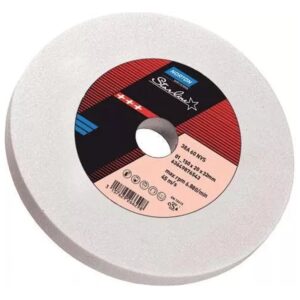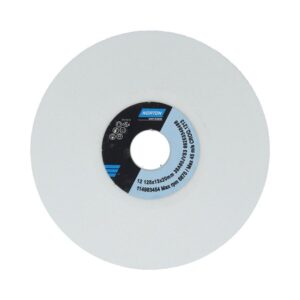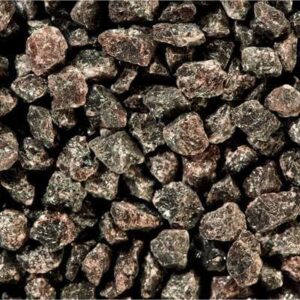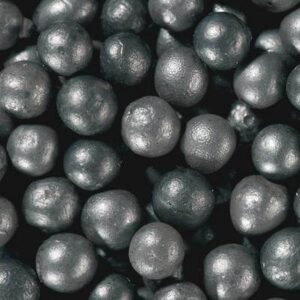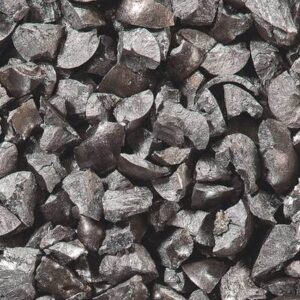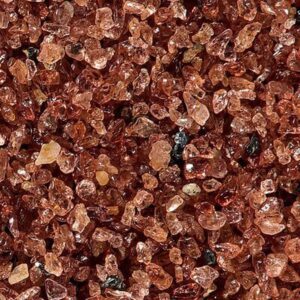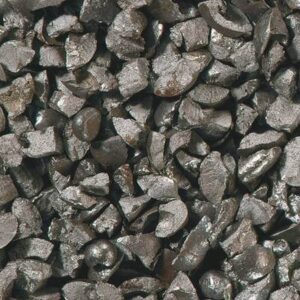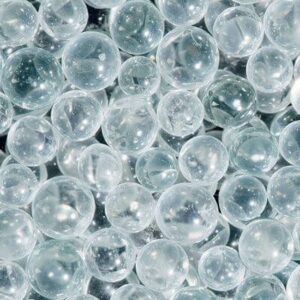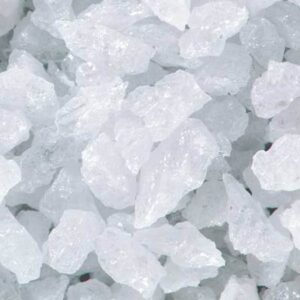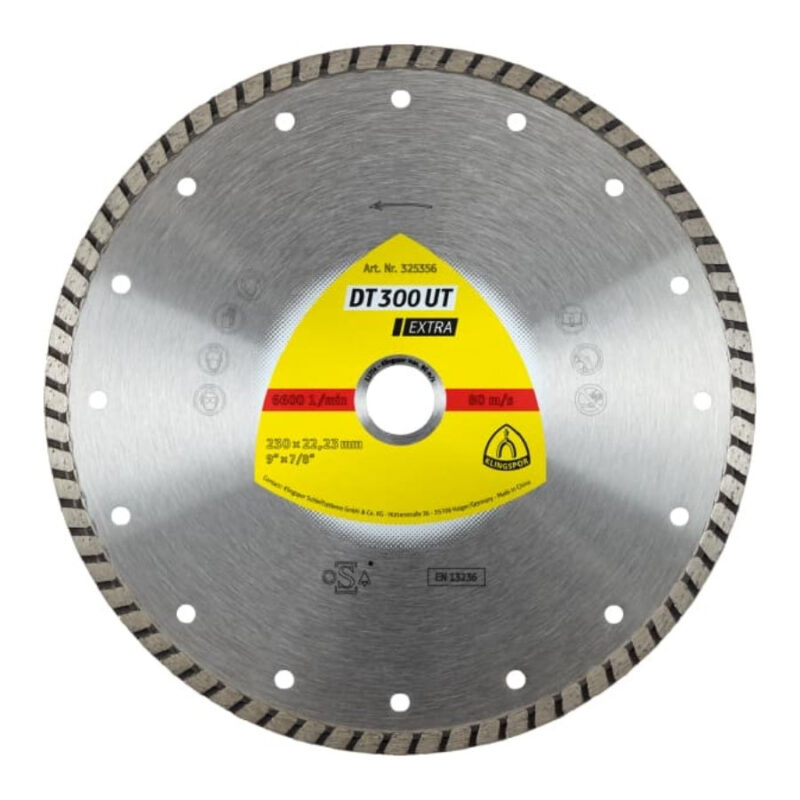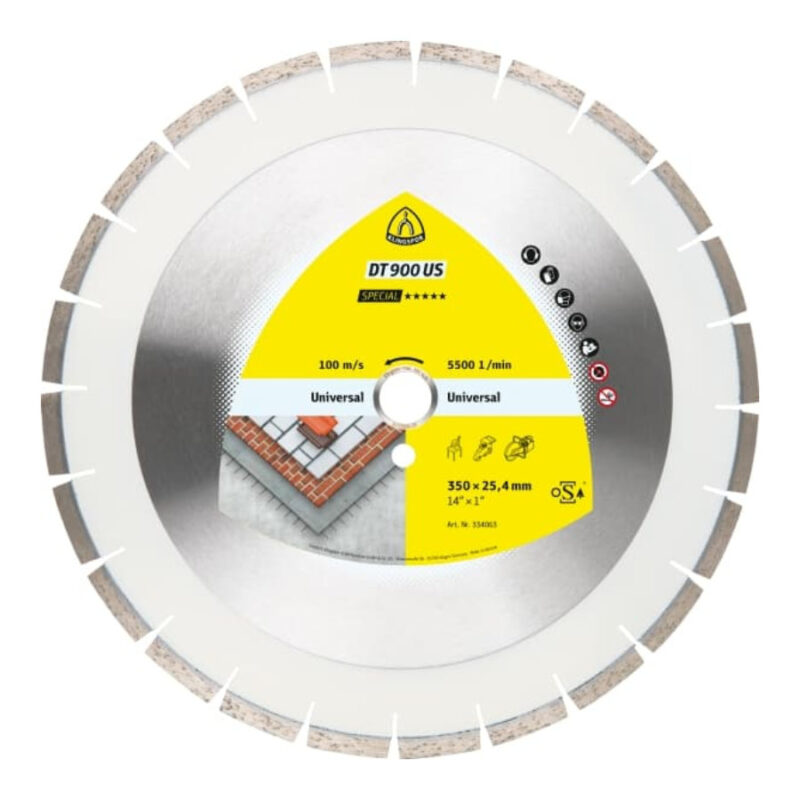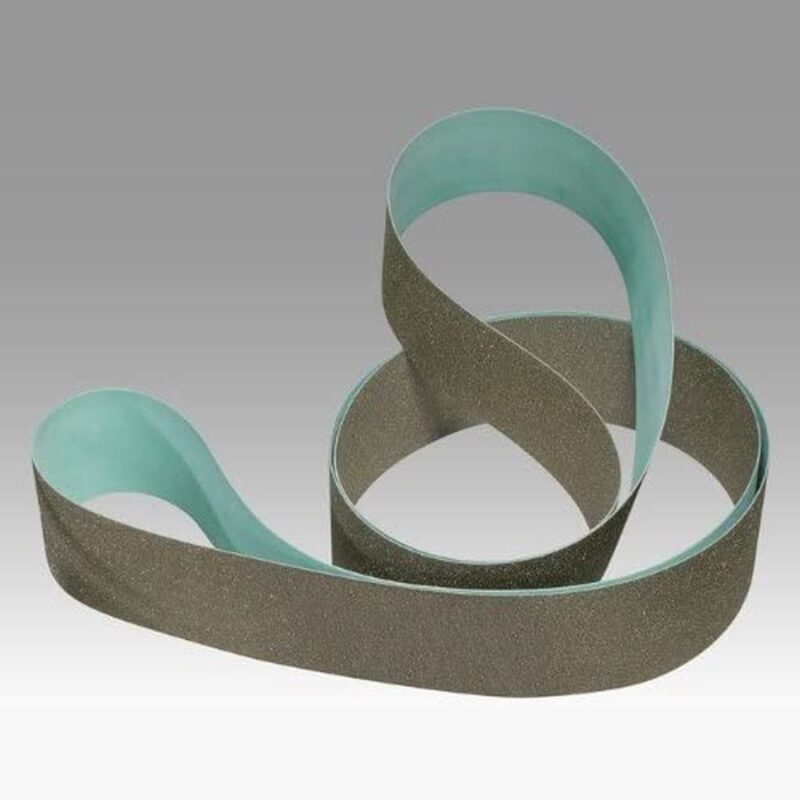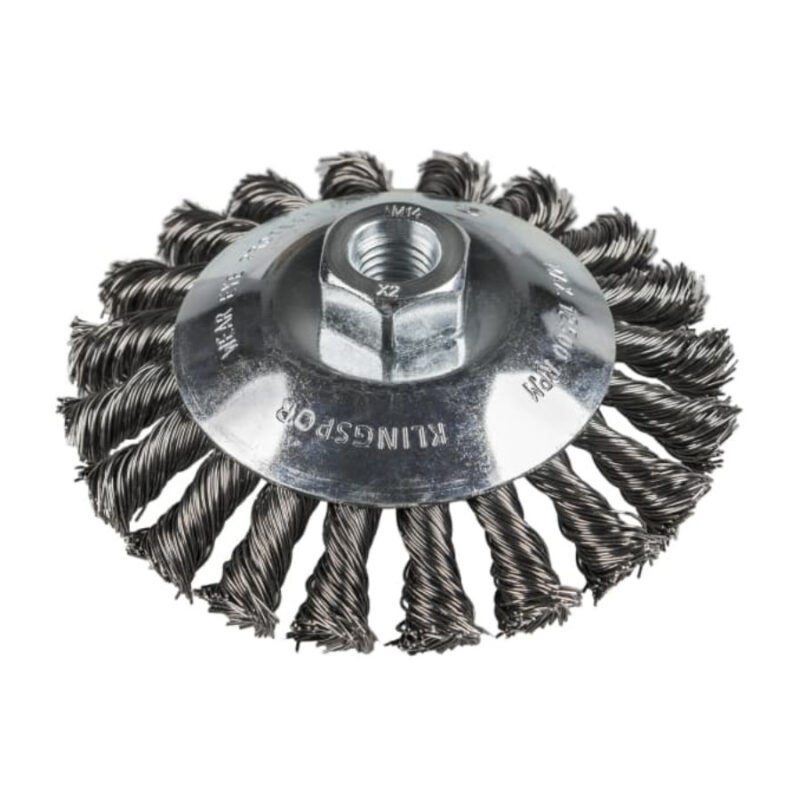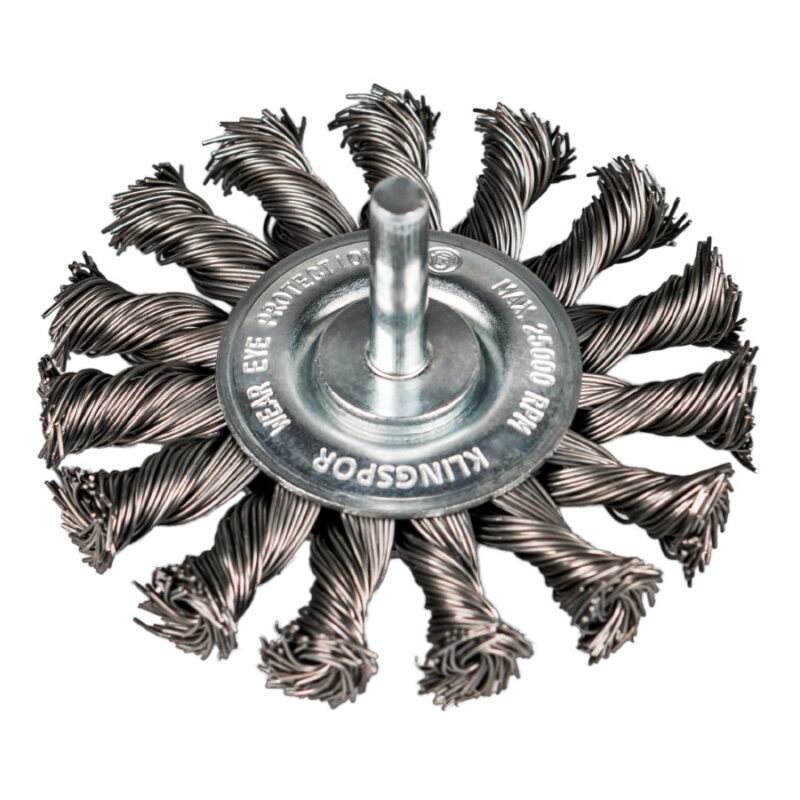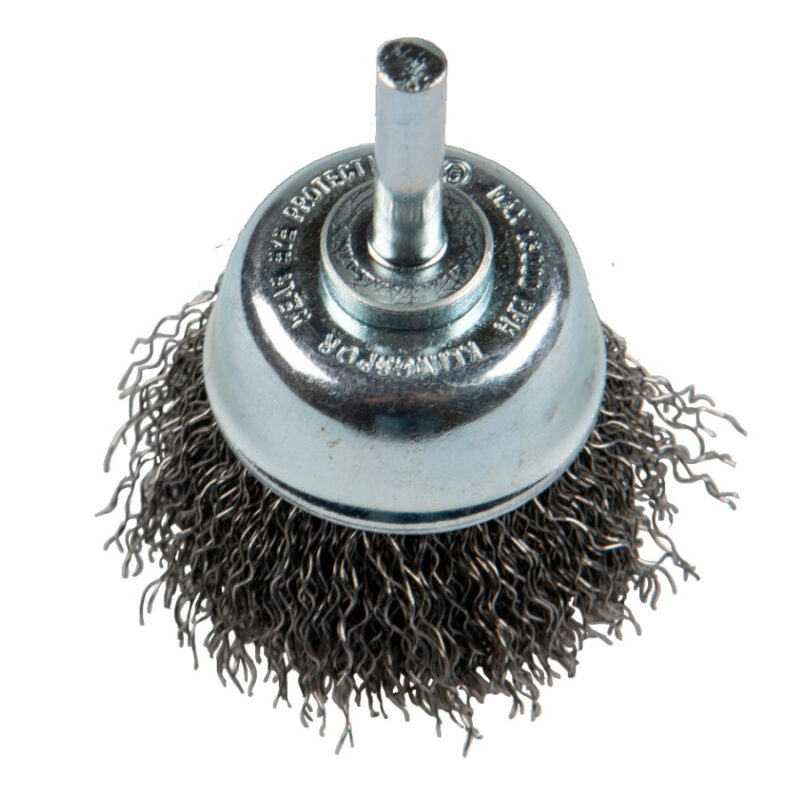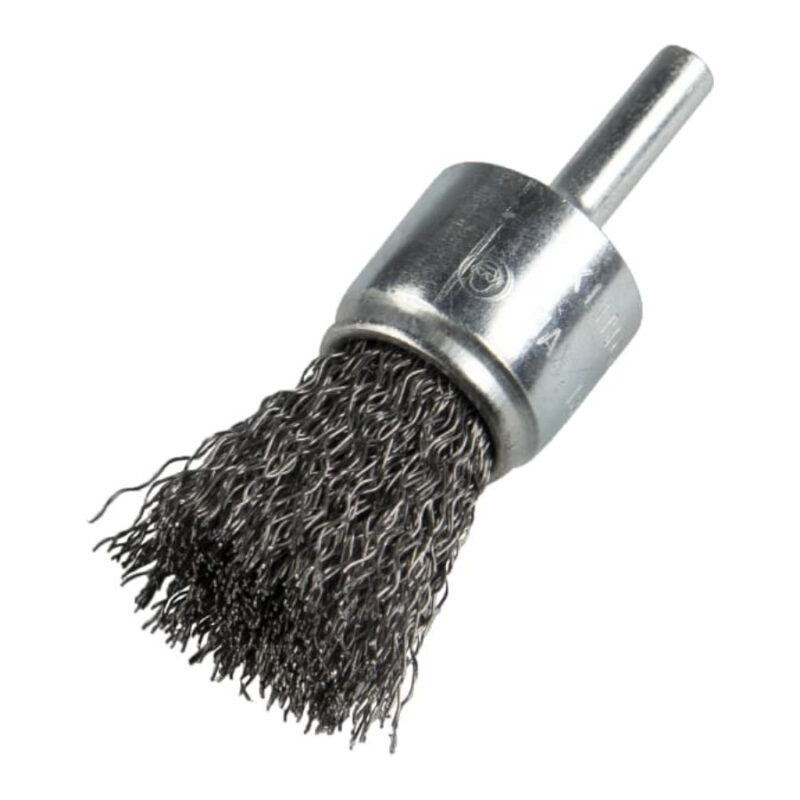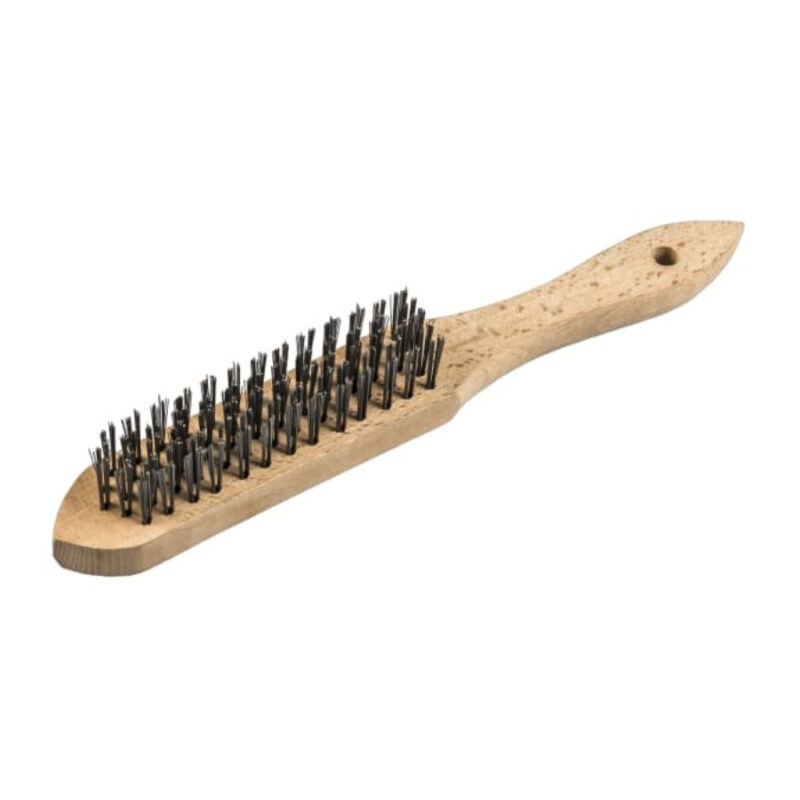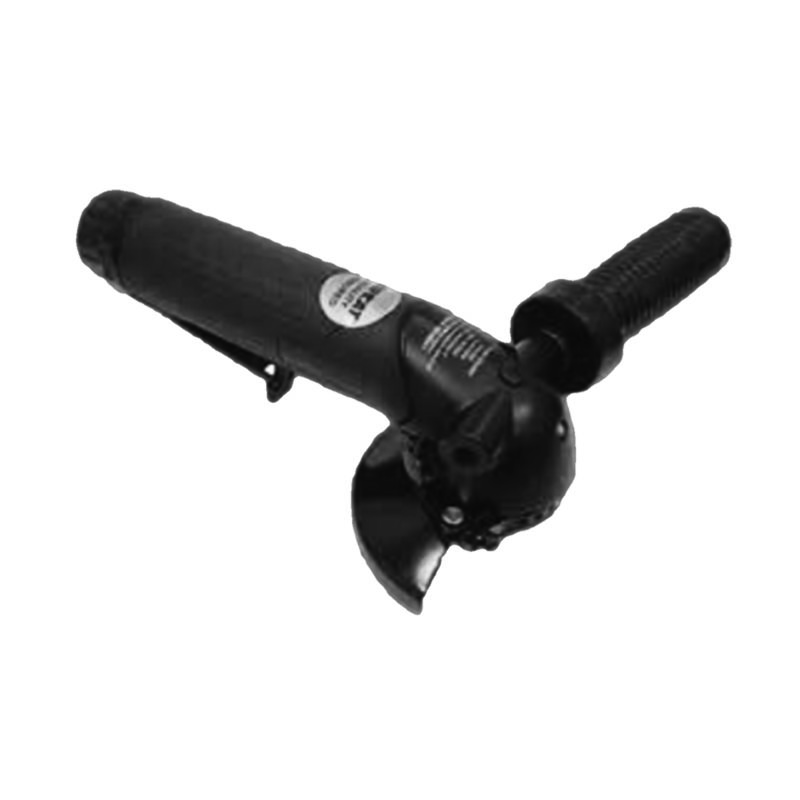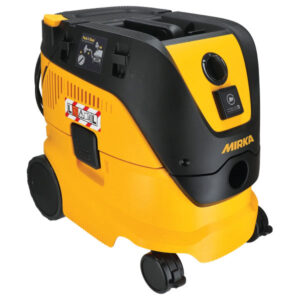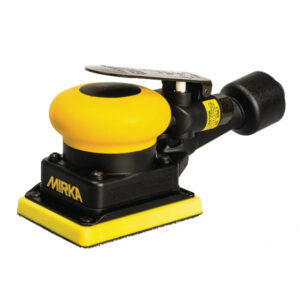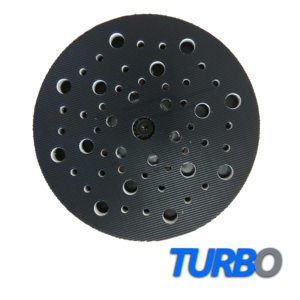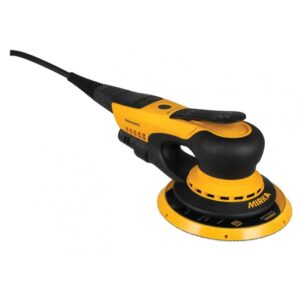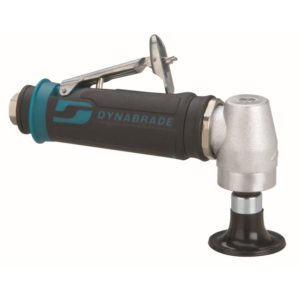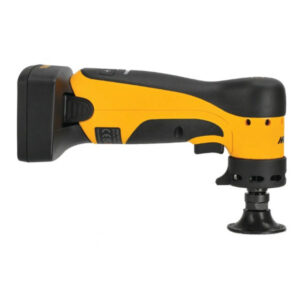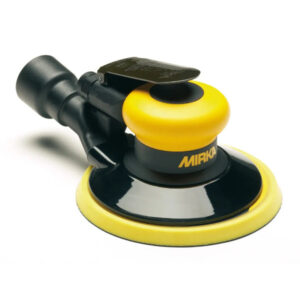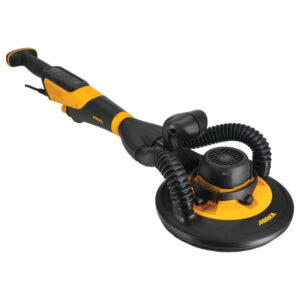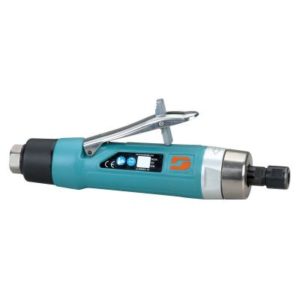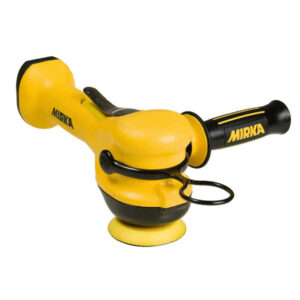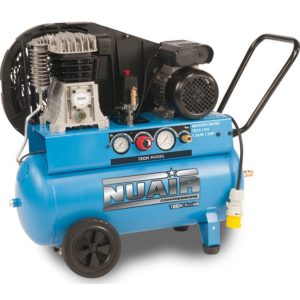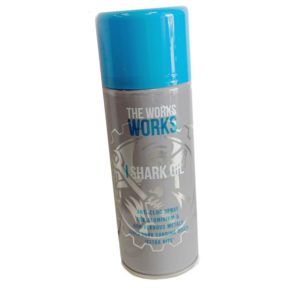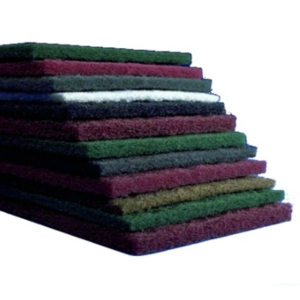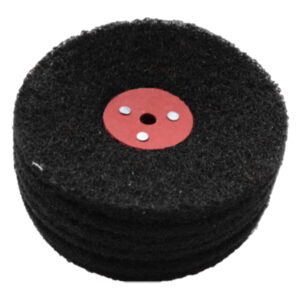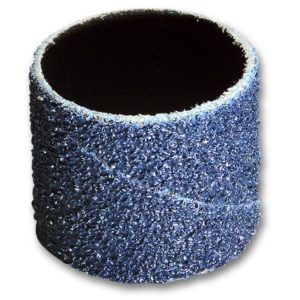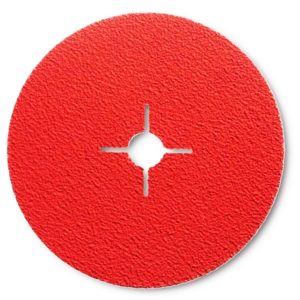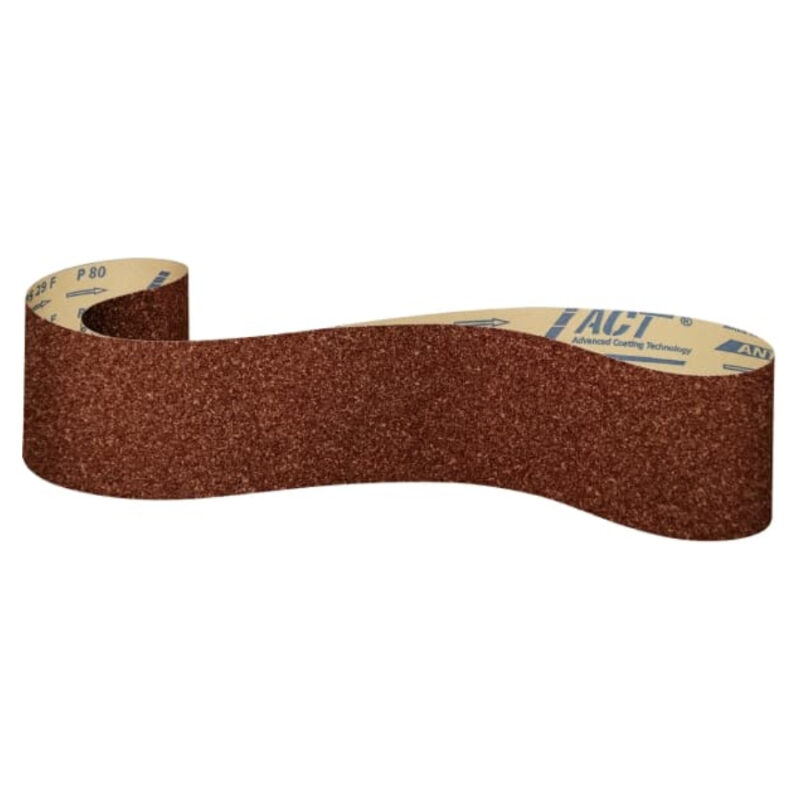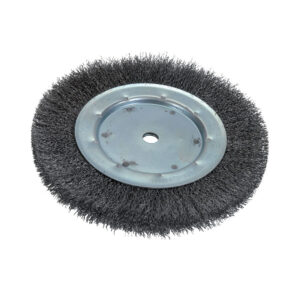Woods
Wood is a common material used in various industries, including construction, furniture making, and woodworking. Proper sanding and grinding are essential to achieve a smooth and polished finish, and the choice of abrasives is critical to the success of the process. There are various types of wood, and each requires specific abrasives to obtain the desired results.
Softwoods are the most common type of wood and include cedar, fir, pine, and spruce. These woods have a low density and are relatively easy to sand. The best abrasive for softwoods is aluminum oxide sandpaper. This type of sandpaper is affordable and long-lasting, making it ideal for sanding softwoods. However, it is important to use a fine grit (220 or higher) to avoid leaving scratches on the wood surface.
Hardwoods, such as oak, maple, and cherry, are denser and require a more aggressive abrasive. Zirconia alumina sandpaper is an excellent choice for sanding hardwoods. This abrasive is more durable than aluminum oxide and is capable of removing more material, making it ideal for coarse sanding. However, it is important to note that zirconia alumina sandpaper is more expensive than aluminum oxide sandpaper.
Exotic woods, such as teak, rosewood, and ebony, are even denser than hardwoods and require an even more aggressive abrasive. Ceramic sandpaper is an excellent choice for sanding exotic woods. This type of sandpaper is the most durable and aggressive abrasive and is capable of removing the most material. However, it is also the most expensive abrasive and should only be used for sanding exotic woods.
Plywood is another common material used in woodworking and furniture making. It is made by gluing several layers of thin wood together, making it more challenging to sand. The best abrasive for sanding plywood is silicon carbide sandpaper. This abrasive is harder than aluminum oxide and zirconia alumina and is capable of removing more material. However, it is also more brittle, making it less durable.
Particleboard and MDF (medium-density fiberboard) are other materials commonly used in furniture making. These materials are made by compressing wood particles and resin together, creating a dense and hard surface. The best abrasive for sanding particleboard and MDF is aluminum oxide sandpaper. This abrasive is affordable and durable and is capable of removing material efficiently.
In addition to the type of wood, the shape and size of the wood surface being sanded or ground also play a role in determining the appropriate abrasive. For example, flat surfaces are best sanded with a sanding block or orbital sander, while curved surfaces are best sanded with a flexible sanding sponge or disc.
In conclusion, selecting the appropriate abrasive for sanding or grinding wood is essential to achieving a smooth and polished finish. The type of wood being worked on, as well as the shape and size of the surface, should be taken into consideration when selecting the appropriate abrasive. By using the right abrasive for the job, woodworkers can achieve the desired results efficiently and effectively.






